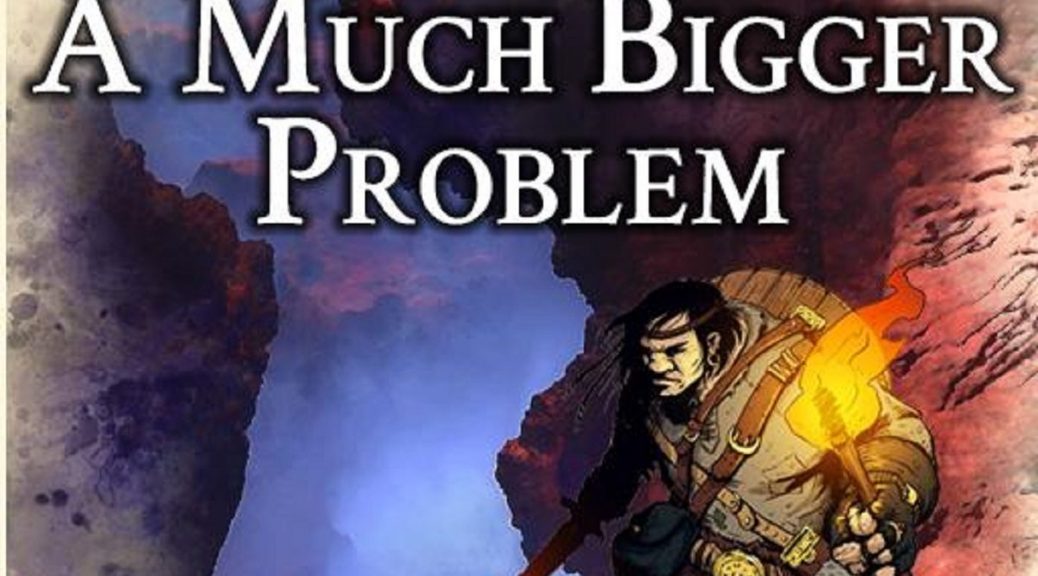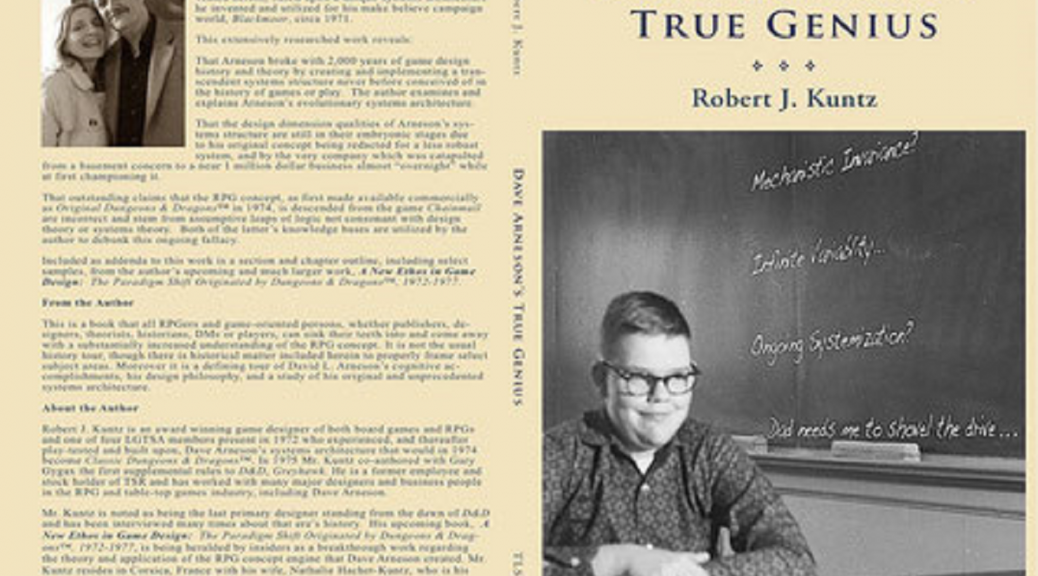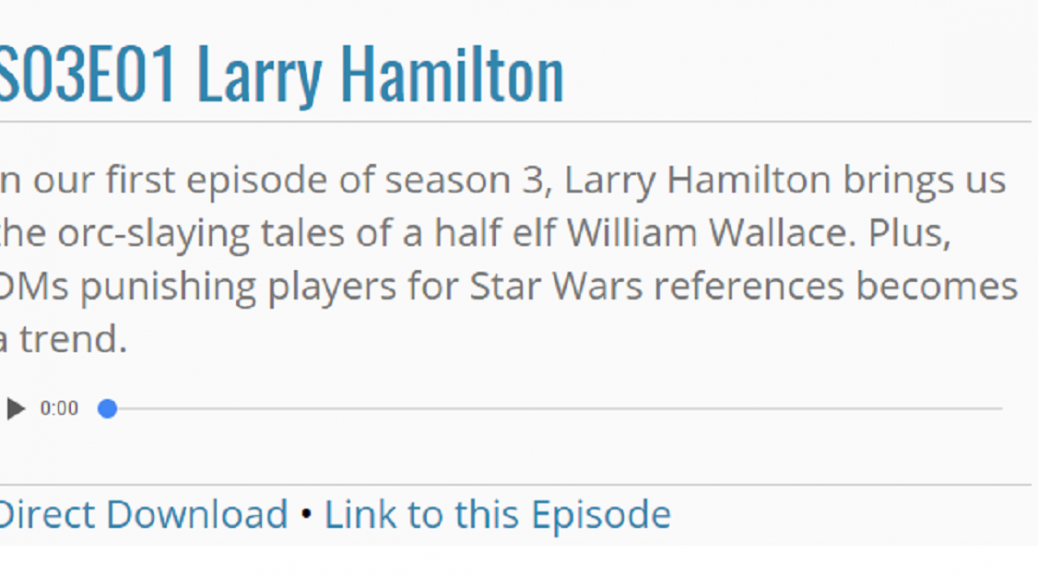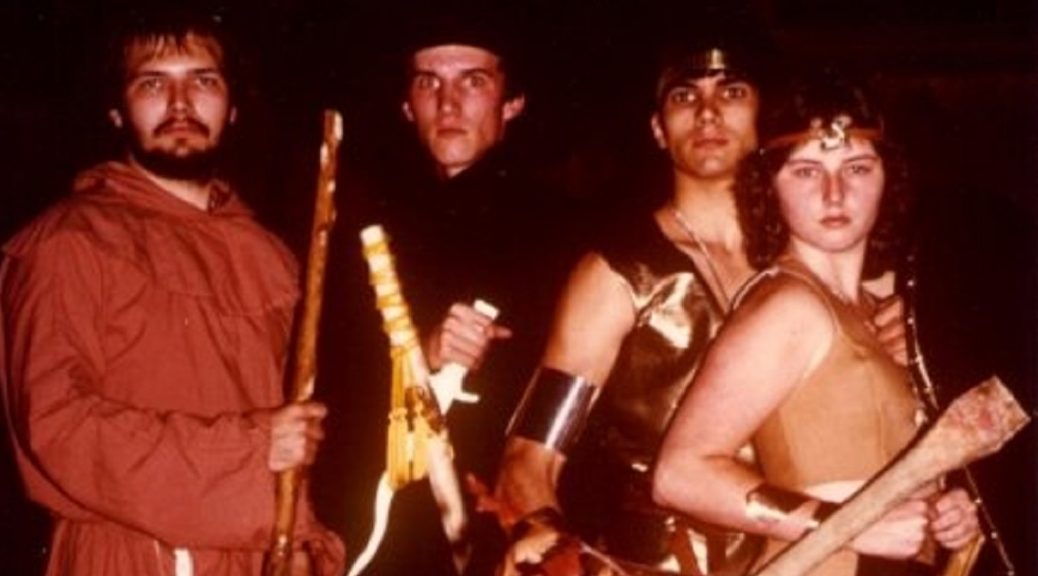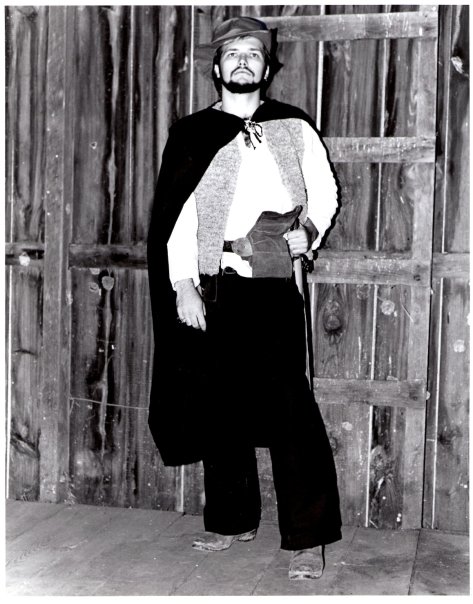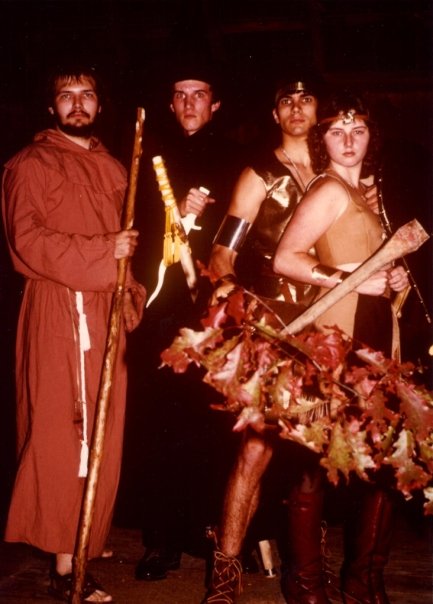I ordered this book, and let it default to the faster shipping option, instead of letting it take a few more days. Normally, I don’t read other reviews before I write my own. However, I was struggling with what to say, and was curious what others thought of it. I found one strongly positive review by Paul Stormberg of The Collector’s Trove on Facebook. I found myself wondering if he had read the same book I had. I also saw a brief one [G+ Deleted before archived] on G+ by +Greg Gorgonmilk, where he admitted having difficulty trying to find something positive to say about it. It is with some reluctance that I publish my first solidly negative review.
First Impression
I was very surprised when it came in the mail. I didn’t realize this $20 volume plus several dollars for mailing was only 69 pages long. That was a big let down. However, the introduction and footnotes make it clear that this is just a preparatory volume with a lot of the content in Mr. Kuntz’s upcoming full monograph*: A New Ethos In Game Design.
My initial impression of reading this volume is that it feels like reading 17th, 18th, and 19th century books. I’ve even read some 20th century texts written in this style. My background is studying history and theology, so I have lots of practice reading this style of writing. Basically, the sentence structure is archaic, and the length of sentences reminds me of my forays into studying German in college. Once I determined it was going to be that kind of read, I realized that I had to avoid distractions while reading, so no TV in the other room, and my granddaughter down for a nap.
This may just be the way that Mr. Kuntz writes. Many of my rough drafts have long sentences, and awkward phrasing. In some ways, I felt like I was reading one of my own rough drafts, or one of the “BS” philosophy papers I wrote in college. {I have a minor in philosophy to go with a BA in history. I mean no disrespect, I am just reminded of my own worst writing.]
In spite of the dense and complex way to say things, I was able to change gears from the lighter fare of most of my recent reading, and dig in.
Within these pages it is stated that Dave Arneson is the origin of roleplaying, and stating that David Wesley’s Braunstein or Gygax & Perren’s Chainmail are not true antecedents of The Fantasy Game, later marketed as Dungeons & Dragons.
Mr. Kuntz points out that original D&D is closer to children’s make believe than any other game. He argues that historians of D&D should look to systems theory and design theory to see that neither Chainmail nor Braunstein, on their own, have all the elements by themselves to play a RPG.
He concludes this monograph* with what some may consider a shot across the bow (An apt metaphor for a book about the creator of a naval warfare game.):
RPG historians should take serious note of systems thinking and design theory before making claims which paint unscientific pictures for public consumption and, in such cases, that are rife with errors of even the most basic kind. This form of historicity is not consonant with readily available scientific methodology but tends towards haphazard guesswork.
Mr. Kuntz obviously has a dim view on the historiographic** methods of many RPG historians. Perhaps the issue is a lack of primary materials from Dave Arneson and his players. In-depth interviews with the remaining first generation players would clarify this. As I have not delved into the methods and footnotes of all extant histories on RPGs and D&D, I cannot comment if that is the issue.
A more accessible presentation, i.e. easier to read, would better serve Rob Kunt’s goal of expressing to the world that without Dave Arneson, there would be no D&D. It is clear that this is true. It is also clear, from what I have read, that without Gary Gygax’s collaboration, RPGs may never have taken off and would be an obscure phenomena limited to the original group of players.
Rob Kuntz is by many accounts a very intelligent man, and obviously widely read. From his many footnotes, it is clear that he is widely read in the theories of systems and design. Most of those footnotes read like his writing. Other reviews I have read have stated that he could probably say the same thing in one third the number of pages. I tend to agree.
The argument is stated that Dave Arneson’s vision of what RPGs can be is stunted and too strongly tied to what have become more and more rigid rules with each version of D&D. He thus seems to advocate what those in the OSR movement are all about, “rulings not rules”, and using the parts that fit what is right for you and your group. He points out that Gary Gygax advocated this early on, but for financial/profit reasons developed more rules to keep players tied to his version of the game, rather than getting by without rules. While this is demonstrably true based on Gygax’s own writings, it is not new.
However, I do not see how one can take the RPG concept further than “rulings not rules”. The upcoming book is claimed to answer that question.
What I Liked
- A good reminder that without Dave Arneson, there would be no D&D.
- Supports the OSR ideal of “rulings not rules.”
What I’d Like to See
- A more direct and clear writing style.
- Mr. Kuntz was there are the beginning of the Arneson/Gygax collaboration on D&D, and his personal insights add perspective to the early days. I’d like to see this more plainly explained. Perhaps it is his upcoming monograph*.
Conclusion
If you are one of those who researches the history of D&D, you will want this book for your collection. Some who are completionists will find that they want this in their collection. Dave Arneson did not come up with his idea out of nothing. He was a long time game player, and had multiple experiences in different aspects of games, that one can see their impact on what he shared with his gaming group and later Gary Gygax. While it is helpful to have primary sources from those who were there, the writing style is far from accessible to the general reader. If this is the style we can expect from his upcoming book, then I seriously doubt I will buy it. His goal of raising up Dave Arneson would be better served by a more clear and concise presentation of his argument.
*Monograph – A fancy word for a book with one author.
**Historiography is the study of the methods of historians. It is in a sense, the history of the study of history. [The upper level historiography course was required for my BA in history.]






